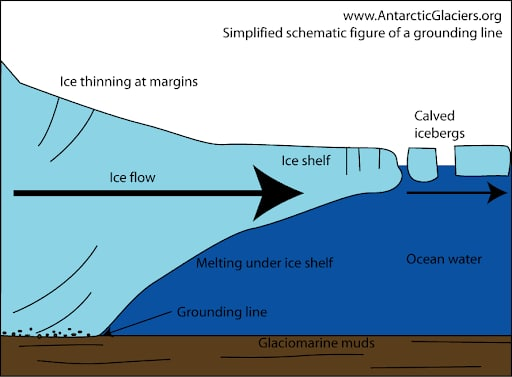CURRENT AFFAIRS
Get the most updated and recent current affair content on Padhaikaro.com
Citizen-Centric Police
- Vaid's ICS, Lucknow
- 04, Apr 2022

Why in News:
The three-judge bench had studied the “distortions and aberrations” in the functioning of police and had given significant directions to curb it.
Reason for police reforms
- Misuse and abuse of power by corrupt officers.
- Political interference in crime prevention, investigation, and maintenance of public order.
- The unholy nexus between politicians, Criminals, and corrupt officers.
- The lack of public awareness and sustained interest in law enforcement.
The apex court directions
- It mandated that all postings from the officer-in-charge of a police station to the head of the department should be based on merit.
- It had directed the formation of Establishment Boards for unbiased postings, transfers, promotions, and other service-related matters regarding police officers.
- The Union Public Service Commission had made to be involved in the selection of heads of state police forces.
- It insisted on fixed tenure to all operational heads and giving adequate time to police leaders to implement their policies.
- The creation of Security Commissions at the Centre and in states would ensure robust policy-making at both levels.
- It would further protect the police from unwarranted political pressures and enabling them to concentrate on core issues.
- The court had suggested a separation of law and order and crime investigation as it would reduce the workload of police officers.
- The establishment of complaint authorities at district and state levels in the interest of citizen and it facilitates impartial and independent inquiry of police misconduct and harassment.
Way forward
- It is in the interest of all of us to pursue police reforms vigorously and to hold Union and state governments accountable for their failure.
- The transparent nature of the functioning of police departments apart from public security issues have to be ensured.
Facts for Prelims:
The Marine Ice Sheet Instability(MISI)
The Marine Ice Sheet Instability hypothesis is that atmospheric and oceanic warming could result in increased melting and recession at the grounding line on a reverse slope gradient.
This would result in a rapid melting of the West Antarctic Ice Sheet, triggering rapid sea level rise.
